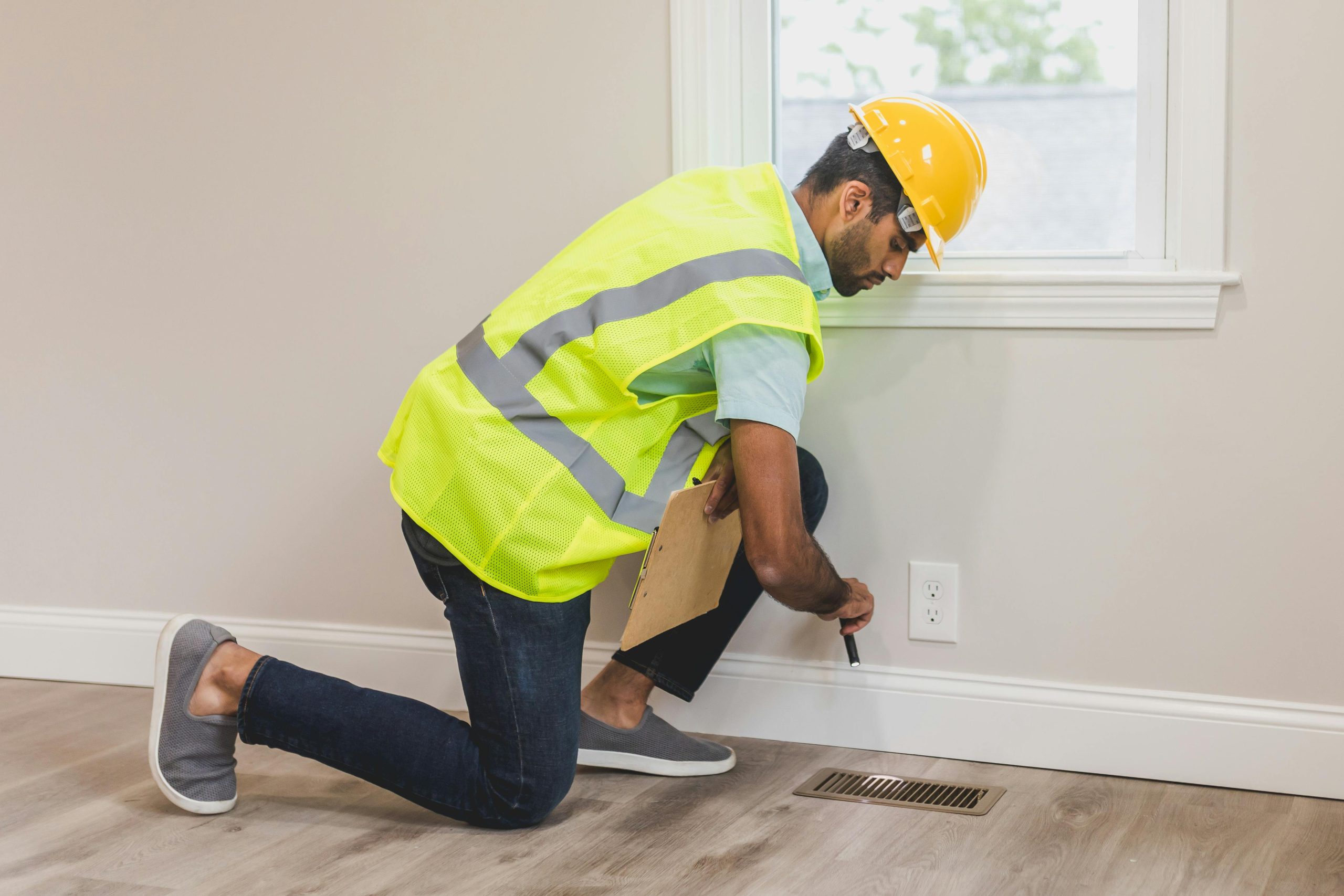First-Time Homebuyer? Here’s How You Can Buy a Home Utilizing Special Programs
Buying your first home is exciting, but it can also feel overwhelming—especially when it comes to financing. The good news? There are several homebuyer programs designed to help you afford your dream home with lower down payments, reduced interest rates, and even assistance with closing costs.
If you’ve been wondering “How can I afford to buy a home?”—this guide is for you!
1. FHA Loans: A Top Choice for First-Time Buyers
One of the most popular programs for first-time homebuyers is the FHA loan, backed by the Federal Housing Administration. It’s ideal for those with limited savings or lower credit scores.



This program is a great option if you’re starting out and need financial flexibility.
2. Down Payment Assistance (DPA) Programs
One of the biggest hurdles for first-time buyers is the down payment—but you may not have to pay it all on your own! Many cities, states, and nonprofit organizations offer down payment assistance programs (DPAs) that can help cover your upfront costs.



Each program has different eligibility rules, so check with your state housing agency to see what’s available in your area.
3. USDA Loans: A Zero-Down Option for Rural & Suburban Homes
If you're open to living outside major cities, you might qualify for a USDA loan, backed by the U.S. Department of Agriculture.



This program is designed for low-to-moderate-income buyers purchasing in rural and suburban areas. Check USDA’s property eligibility map to see if your desired location qualifies.
4. VA Loans: The Best Option for Veterans & Active Military
If you’re a veteran, active-duty service member, or eligible surviving spouse, a VA loan could be your key to homeownership.



This program makes homeownership significantly more affordable for those who have served in the military.
5. HomeReady & Home Possible Loans: Low Down Payment Options
If you have a steady income but need a smaller down payment, consider HomeReady (Fannie Mae) and Home Possible (Freddie Mac) loans.



These programs are designed for buyers with moderate incomes and may be a good fit if you don’t qualify for an FHA loan.
6. Employer & Community Assistance Programs
Did you know your job or community might offer homebuyer assistance?



Check with your HR department or local housing authority to see if you qualify for these benefits.
How to Get Started




Final Thoughts
You don’t need a huge down payment or perfect credit to buy your first home! With the right homebuyer program, you can turn your dream of homeownership into reality.

Things that Fail a Home Inspection

Things That Fail a Home Inspection
A home inspection is a crucial step in the buying and selling process, ensuring that a property is safe and structurally sound. However, certain issues can cause a home to fail an inspection, potentially delaying or even derailing a sale. Here are some of the most common problems that can lead to a failed home inspection.
1. Roof Damage
A deteriorating or leaky roof is a major red flag. Missing shingles, water damage, or structural weaknesses can indicate the need for costly repairs, making buyers and lenders hesitant.
2. Foundation Issues
Cracks in the foundation, uneven floors, or doors that don’t close properly could signal structural problems. Foundation issues can be expensive to fix and might require professional assessment.
3. Plumbing Problems
Leaky pipes, water stains, and slow drains are common inspection failures. Serious plumbing issues, such as outdated pipes or poor water pressure, can lead to costly repairs and even potential health hazards.
4. Electrical System Deficiencies
Faulty wiring, outdated electrical panels, or insufficient outlets can pose fire hazards. Inspectors look for exposed wires, overloaded circuits, and adherence to safety codes to ensure a home is up to standard.
5. HVAC System Malfunctions
Heating, ventilation, and air conditioning (HVAC) systems must function properly. Inspectors check for inefficient units, dirty filters, leaks, or outdated systems that may need replacing.
6. Pest Infestations
Termites, rodents, and other pests can cause extensive damage to a home. An inspector will look for signs of infestation, such as wood damage, droppings, or nesting materials.
7. Mold and Water Damage
Mold growth and water damage are major red flags, often indicating leaks or poor ventilation. Mold can pose health risks and require costly remediation.
8. Faulty Windows and Doors
Broken seals, rotting frames, or improper installation can impact insulation and security. Inspectors will check for drafts, misalignment, or damaged components that need replacement.
9. Poor Drainage and Grading
Water pooling around a home’s foundation can lead to long-term damage. Proper grading and functional gutters are necessary to direct water away from the property.
10. Asbestos and Lead Paint
Older homes may contain hazardous materials like asbestos insulation or lead-based paint. These require professional removal to ensure safety and compliance with modern regulations.
Final Thoughts
Failing a home inspection doesn’t mean a deal is off the table, but it does highlight issues that need addressing. Sellers should consider a pre-inspection to catch problems early, while buyers should use the inspection report to negotiate repairs or pricing.
Need expert guidance on navigating home inspections? Contact Dajinae Bell at Century 21 Harris Hawkins And Co for professional real estate advice!
Cheapest Places to Buy a Home in Maryland

If you're looking to buy a home in Maryland without breaking the bank, you're in luck. While some areas in the state have sky-high property prices, there are still affordable places where you can find a great home at a reasonable price. Whether you're a first-time homebuyer or an investor looking for a budget-friendly deal, here are some of the cheapest places to buy a home in Maryland.
1. Cumberland
Cumberland consistently ranks as one of the most affordable cities in Maryland. With a median home price well below the state average, this historic town offers charming homes, a low cost of living, and scenic mountain views. It’s a great option for buyers looking for affordability and small-town charm.
2. Hagerstown
Located in Western Maryland, Hagerstown is a growing city that still offers some of the lowest home prices in the state. With easy access to both Baltimore and Washington, D.C., it’s an attractive option for commuters looking to save on housing costs.
3. Salisbury
Salisbury, the largest city on Maryland’s Eastern Shore, provides affordable housing with a coastal lifestyle. Homebuyers here can find reasonably priced properties, along with access to beaches, parks, and cultural attractions.
4. Dundalk
For those who want to stay close to Baltimore without the high city prices, Dundalk is a great option. This working-class suburb offers lower home prices compared to other Baltimore metro areas, making it an ideal choice for first-time buyers and families.
5. Baltimore City
Despite being one of Maryland’s largest cities, Baltimore still has some of the most affordable home prices in the state. Many neighborhoods offer budget-friendly housing options, especially for those willing to invest in fixer-uppers or take advantage of first-time homebuyer programs.
6. Cambridge
Located on the Chesapeake Bay, Cambridge is an affordable town known for its rich history and waterfront charm. Home prices are relatively low compared to other waterfront communities, making it a great place to buy a home with scenic views.
7. Frostburg
Frostburg, home to Frostburg State University, offers affordable homes with a small-town feel. With a low median home price and a strong rental market, it’s a good place for both buyers and investors.
8. Elkton
Situated near the Delaware border, Elkton is an affordable Maryland town with easy access to major highways. The cost of living is lower than in many other parts of the state, and it’s a great option for those looking for budget-friendly homeownership.
Final Thoughts
If you're searching for an affordable home in Maryland, these towns and cities provide great options with budget-friendly price tags. Whether you prefer a quiet small town, a suburban setting, or a city with investment potential, there's a location that fits your needs and budget.
Need help finding the perfect home? Contact Dajinae Bell at Century 21 Harris Hawkins And Co today for expert guidance on buying an affordable home in Maryland!

Increasing Home Value with Curb Appeal

Boost Your Home’s Value with Curb Appeal
First impressions matter, and when it comes to selling your home, curb appeal plays a crucial role. Whether you're looking to sell soon or just want to enhance your home’s value, improving curb appeal is one of the most cost-effective ways to increase your property’s worth. Here’s how you can make your home stand out and boost its value in the process.
1. Upgrade Your Landscaping
A well-maintained yard instantly elevates your home’s appeal. Consider these landscaping improvements:
- Mow the lawn regularly and keep edges trimmed.
- Plant seasonal flowers for a pop of color.
- Add mulch to flower beds for a fresh, polished look.
- Trim overgrown trees and bushes to showcase your home’s exterior.
2. Refresh Your Front Door
Your front door is the focal point of your home’s exterior. A fresh coat of paint in a bold yet inviting color can make a big difference. Consider replacing outdated hardware and adding a stylish wreath or door knocker for a welcoming touch.
3. Upgrade Exterior Lighting
Outdoor lighting enhances both aesthetics and security. Install modern light fixtures near the front door, along pathways, and in the driveway to create a warm and inviting ambiance in the evening.
4. Clean and Repair Driveways & Walkways
Cracks and stains in your driveway or walkway can be an eyesore. Power wash these surfaces to remove dirt and grime, and repair any visible damage to make your entryway more appealing.
5. Install or Refresh House Numbers
Modern and easily visible house numbers help your home look stylish and well-maintained. Choose a font and finish that complements your home’s architecture.
6. Enhance Your Porch or Entryway
A cozy and inviting front porch adds charm and functionality. Consider adding:
- A new doormat
- Potted plants or stylish planters
- Outdoor furniture like a small bench or chairs
- A seasonal decor piece, such as a wreath or lanterns
7. Repaint or Power Wash Your Exterior
A fresh coat of paint or a thorough power wash can give your home a well-cared-for appearance. Focus on the siding, shutters, and trim to ensure everything looks crisp and clean.
8. Upgrade Your Garage Door
If your garage door is outdated or damaged, consider replacing it or giving it a fresh coat of paint. A modern garage door can significantly boost your home’s curb appeal and value.
9. Add Fencing or Update Your Existing One
A well-maintained fence can frame your home beautifully and add a sense of privacy and security. If your fence is worn down, repaint or repair it to enhance your home’s exterior.
10. Keep It Neat and Tidy
Lastly, simple maintenance tasks can make a big difference:
- Remove clutter like old planters or unused outdoor furniture.
- Store trash bins out of sight.
- Keep gutters clean and free of debris.
Final Thoughts
Curb appeal is one of the easiest and most affordable ways to boost your home’s value. By making small, thoughtful improvements, you not only create an inviting home but also increase its marketability. Whether you're planning to sell or just want to enjoy a more beautiful home, these upgrades will pay off in the long run.
Need expert real estate advice? Contact Dajinae Bell at Century 21 Harris Hawkins And Co for guidance on maximizing your home’s value before selling!


